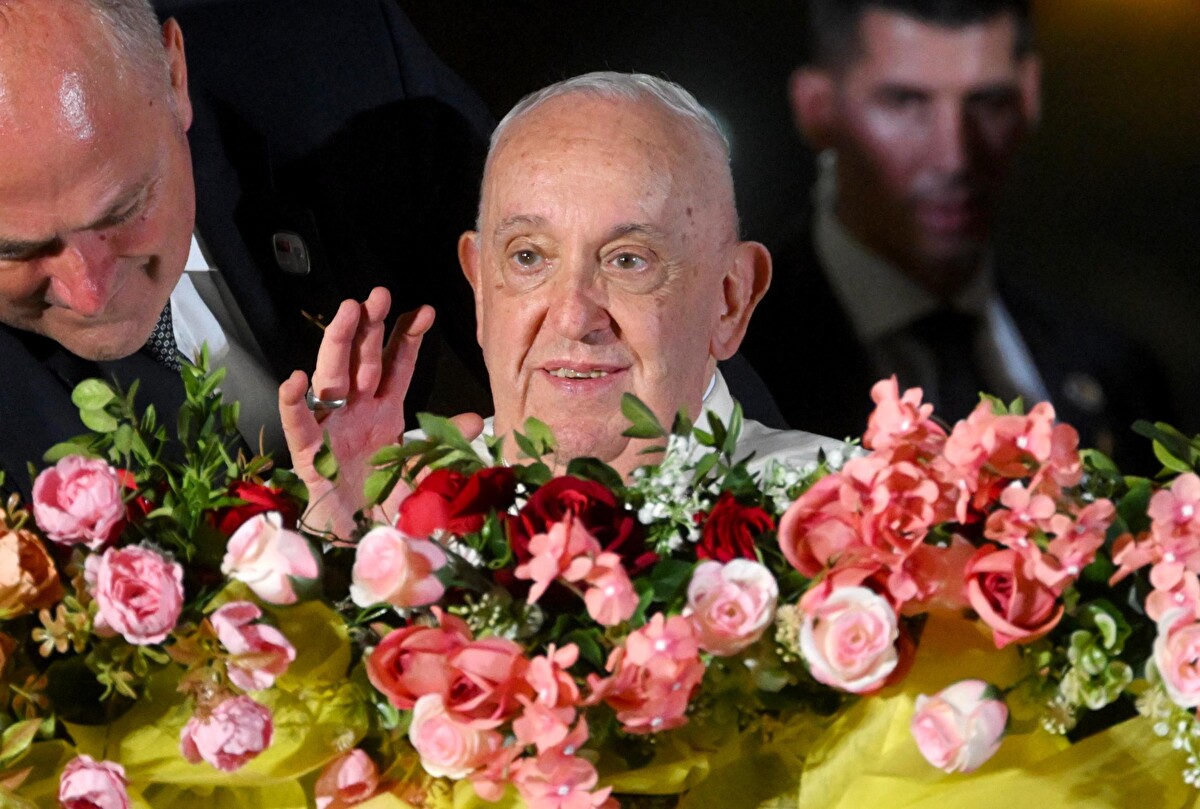On April 12, 1917, a young woman stood on the bridge crossing the Seneca-Cayuga Branch of the Barge Canal in Seneca Falls, New York, ready to spring into the icy water to end her life. Italian immigrant Antonio Varacalli, whose age has variously been reported to be either 17, 20 or 22, bravely jumped into the water to rescue her. She lived, but unfortunately, he did not.

A plaque was put up on that bridge to commemorate the young hero and his sacrifice.
In 1945 another Italian immigrant coincidentally stopped to get a much-needed haircut while visiting relatives in Seneca Falls. That immigrant was Hollywood director Frank Capra whose classic film, “It’s a Wonderful Life” is one of the cultural treasures that have come to practically define the Christmas season: anti-materialism, spirituality and love for life. The movie was released on December 20, 1946, and this year has marked its 75th anniversary.
It’s a widely held view by critics that Seneca Falls is the inspiration for Bedford Falls in the classic movie. The architecture, the street and family names, the family connection to Frank Capra, and above all, the Varacalli rescue, have convinced people of Seneca Falls that it is their beloved town that served as the model for Bedford Falls. Each December Seneca Falls holds a “It’s a Wonderful Life” celebration of the town’s connections to the iconic Christmas film.

“It’s a Wonderful Life” was loosely based on the short story The Greatest Gift, written by Philip Van Doren Stern in 1943 and more indirectly, it’s related to Charles Dickens’ “A Christmas Carol”. Many critics believe, however, that Varacalli’s impulsively heroic act inspired the climactic scene in “It’s a Wonderful Life” when George Bailey the beleaguered protagonist, seeing no way out of his troubles, is about to jump into the river to end it all.
George is a pillar of the community who has had to give up his personal dream of traveling the world to run Bailey Building and Loan, a small community bank with a mortgage business, when his father unexpectedly dies. George had no love of material possessions even before he had to take over the loan association. He valued life experience, self-improvement, human bonds. Instead, he finds himself battling unscrupulous financial predators who would destroy the fabric of the community and evict poor families in order to make the greatest profit on the properties they wish to develop. Finding himself helpless to loosen the stranglehold of commercialism that is compromising his ability to act on his integrity and humanitarian impulses, leads him to despair. The realization of the futility of life makes him wish that he had never been born and he jumps into the river.
It is at that moment that his guardian angel, Clarence, leaps into the river to rescue him. Clarence shows him how Bedford Falls would have been if George had never been born, how many people’s lives would have ended in despair if they had not been helped by his kindness and compassion. He opens George’s eyes to the fact that every individual can make the world a better place—especially empathetic, honest, hard-working people like George. In that serendipitous moment George realizes that he wants to live, that he can make a difference, that life is truly wonderful.
Today, thanks to Covid and the way it has upended our lives, so many people, like the fictional George, are tottering on the brink of despair. Indeed, it’s fair to say that ever since 9/11 the troubles of the past century seem to have paled in comparison to those of the new millennium. The wars—hot and cold, cultural and military—the increasing poverty gap, the acceleration of global warming and of population growth, the famines that have consequentially ensued, these have all plagued us.
In the Morning Newsletter of the New York Times on December 10, David Leonhardt pointed out some of the troubles that are making Americans “grouchy”: “Many services don’t function as well as they used to…Rising prices are cutting into paychecks…People spend less time socializing. The unending nature of the pandemic — the masks, Covid tests, Zoom meetings and anxiety-producing runny noses — is wearying.” Leonhardt goes on to enumerate all the ways that these have affected our bodies and our minds: “Americans’ blood pressure has risen. Fatal drug overdoses have soared, with a growing toll among Black Americans…depression, anxiety, impulsive behavior and attempted suicides had all risen among children and adolescents.” We have to admit that it’s not a pretty picture.

Every year the tradition of watching “It’s a Wonderful Life” during the Christmas season continues. For many people it wouldn’t be Christmas without it. Varacalli was honored on the 100th anniversary of that sacrifice and the plaque reminds passersby every day of his selfless act, but in an indirect and suggestive way, Frank Capra and his movie, “It’s a Wonderful Life” honors him too for his humanity, and reminds us all that life is still precious and worth living. At least once a year, it’s good to be reminded of this.











